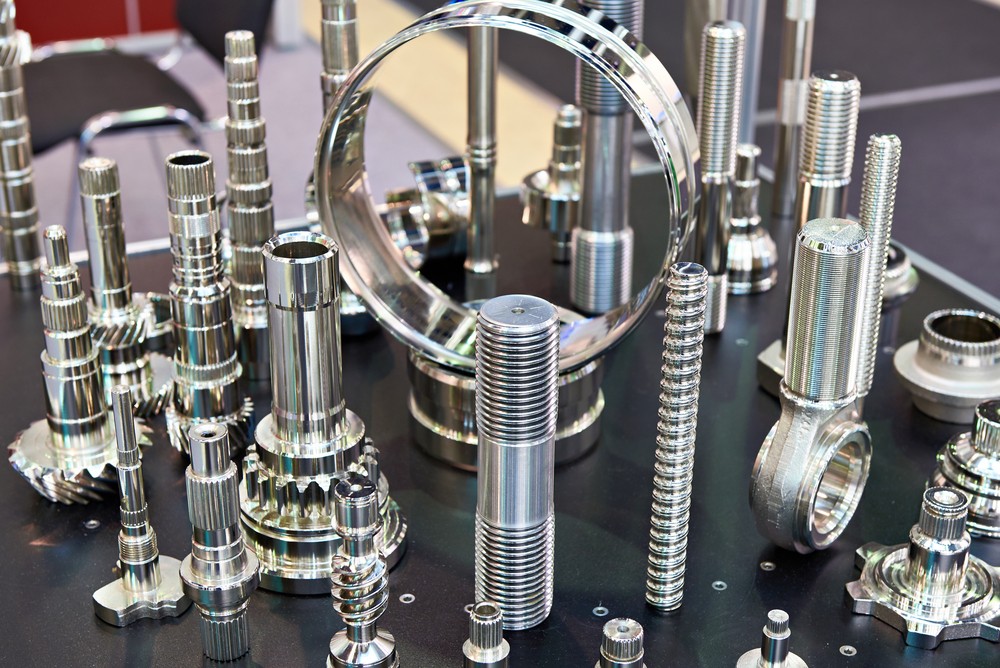New OEM vs. New Aftermarket vs. Reconditioned Parts

When equipment breaks down and needs new parts to get up and running again, manufacturers face an important decision. Where do you source the replacement parts and components? There are three avenues to explore: original equipment manufacturer (OEM) parts, aftermarket options, and reconditioned components. Each comes with pros and cons. Here’s a look at each, to make the decision just a little bit simpler.
New OEM pros and cons
OEM parts are, as the name implies, components made by a machine’s original manufacturer. They’re a plug-and-play replacement solution, made to the exact same specifications as what you’d get “out of the box.” There’s a strong belief that for consistent results, replacement OEM parts are the only components a machine should use. That said, there are pros and cons to using OEM parts.
Pros
- OEM parts are machined for a specific machine, meaning they’ll fit perfectly and work as intended as an instant replacement.
- Since OEM parts are specific to a machine, they don’t experience as much wear and tear as aftermarket or reconditioned components machined to different tolerances.
- When you need a replacement part, you can just contact the manufacturer. In fact, many OEMs stock legacy parts for equipment that’s no longer produced or serviced.
- Most OEM parts come with a good warranty. This eliminates the worry of buying an inferior component with no recourse if it fails.
Cons
- OEM parts are specific to a manufacturer. If they’re not in stock, you’re out of luck.
- OEM parts are more expensive than reconditioned components and aftermarket options.

New aftermarket pros and cons
Whereas OEM parts come from one company, aftermarket parts are available through many different avenues. So-called “generic” versions of parts, they’re designed to be identical to the OEM — or, at the very least, retrofit options. They’re not always tested to the same standards, but they generally try to mimic OEM tolerances and performance. Again, aftermarket parts come with some pros and cons.
Pros
- Aftermarket options are almost always cheaper than OEM parts, since they aren’t brand-name and don’t include the same warranty or guarantees.
- Despite not having a standard OEM warranty, it’s usually easy to find an aftermarket product that offers a similar warranty to its OEM counterpart.
- Although you might run into limitations buying OEM, you’ll have plenty of choices with aftermarket components — including materials composition.
Cons
- Aftermarket products may not live up to the standards set down by OEM parts.
- It’s sometimes difficult to find the right part for your machine due to variety.

Reconditioned pros and cons
Reconditioned parts are used components that have been properly cleaned and repaired. They often work as well as new OEM parts and are easy to find. As with both aftermarket options and OEM parts, reconditioned components have several advantages and disadvantages.
Pros
- Often, refurbished parts work like new. Moreover, they’re often an OEM component, which gives you the peace of mind in choosing an OEM solution.
- One of the main reasons companies buy reconditioned parts is that they’re usually the most affordable option.
Cons
- Reconditioned parts often offer minimal warranties, which puts buyers at a higher risk.
- These parts are older, which puts them at a greater risk of breaking down quicker.
Consider the chief pros and cons of OEM, reconditioned, and aftermarket parts side by side the next time you need to make an informed purchase. Don’t let any one factor decide your choice. Instead, invest your dollars in high ROI: a part that’ll enable reliable machine performance and reliability far into the future.